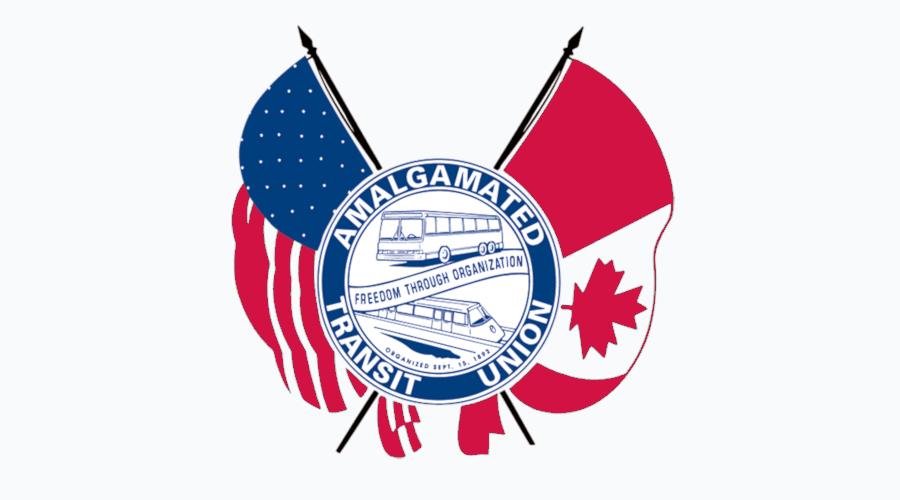Personal Protective Equipment (PPE)
• Hand sanitizer, disposable gloves, goggles or face shield, disinfecting wipes, and trash receptacle with liner.
• N95 respirator. Operator properly fitted for respirator, and trained on respirator usage and techniques to
avoid contamination.
• Training on proper putting on, using and removing gloves and other PPE in order to avoid contamination.
• Sufficient surgical (or more protective) masks for passengers.
Vehicle Minimum Specifications
• Physical barrier between the operator and the rest of the cabin (to reduce transmission of COVID-19
via airborne infectious particles between passenger and operator).
• Confirmation by maintenance worker that fresh air vents and blowers work fully.
• Vehicle cleaned and disinfected before operator’s shift starts.
Dispatching
• Only one passenger (and one companion) per vehicle; no shared rides.
• Recovery time built into each trip sufficient for using PPE, and airing out and disinfecting vehicle.
• If passenger discloses COVID-19 exposure, symptoms or infection:
• Make notation of disclosure;
• Notify operator of disclosure; and
• Schedule vehicle to return to garage after trip for full cleaning and disinfection.
Vehicle Operation
• Safe air flow to carry airborne infectious particles away from the operator at the front of the vehicle and out
of the rear of the vehicle. Driver’s windows should be closed, driver’s air and front vents set to fresh
(not recirculated air), blowers on full, and rear windows open at least one inch.
• If no barrier between operator and rest of cabin, N95 respirator and gloves on at all times passenger is in vehicle.
Working with Passengers
• After safely parking vehicle, immediately wash hands or use hand sanitizer, and put on full PPE
(respirator, gloves, and goggles or face shield).
• Curb-to-curb service for passengers; door-to-door service only if needed by passenger as a result of a disability.
SAFE SERVICE NOW
Protocol for Paratransit Operators
Amid COVID-19 Pandemic
To get involved, visit www.atu.org/covid-19
and go to the Safe Service Now section
• Companions and third-parties, when possible, should be relied upon to assist passengers in getting to curb.
• Inform all passengers they should wear a transit system-provided surgical mask unless they have a health
condition which prevents them from wearing a mask.
• Ask all passengers to sit as far from the operator as possible.
• After assisting a passenger with boarding or deboarding, properly dispose of gloves, wash hands or use hand
sanitizer and put on a new gloves before reentering the driver’s cabin.
• If passenger or companion discloses COVID-19 exposure, symptoms or infection, call dispatch so that route
can be changed to allow for immediate return of vehicle to garage for full cleaning and disinfecting.
Post-Trip Procedures
• While passenger is deboarding and after passenger has deboarded, leave doors open to allow for sufficient air
changes to remove potentially infectious particles.
• After vehicle has aired out, operator should remain in full PPE and disinfect high touch area of the vehicle
(in both operator’s and passengers’ areas) with wipes.
• After disinfecting and airing out vehicle, dispose of wipes and gloves, and wash hands or use hand sanitizer.
• If passenger or companion disclosed COVID-19 exposure, symptoms or infection, return vehicle immediately
to garage for full cleaning and disinfecting.
Join our email list to stay in the loop!
